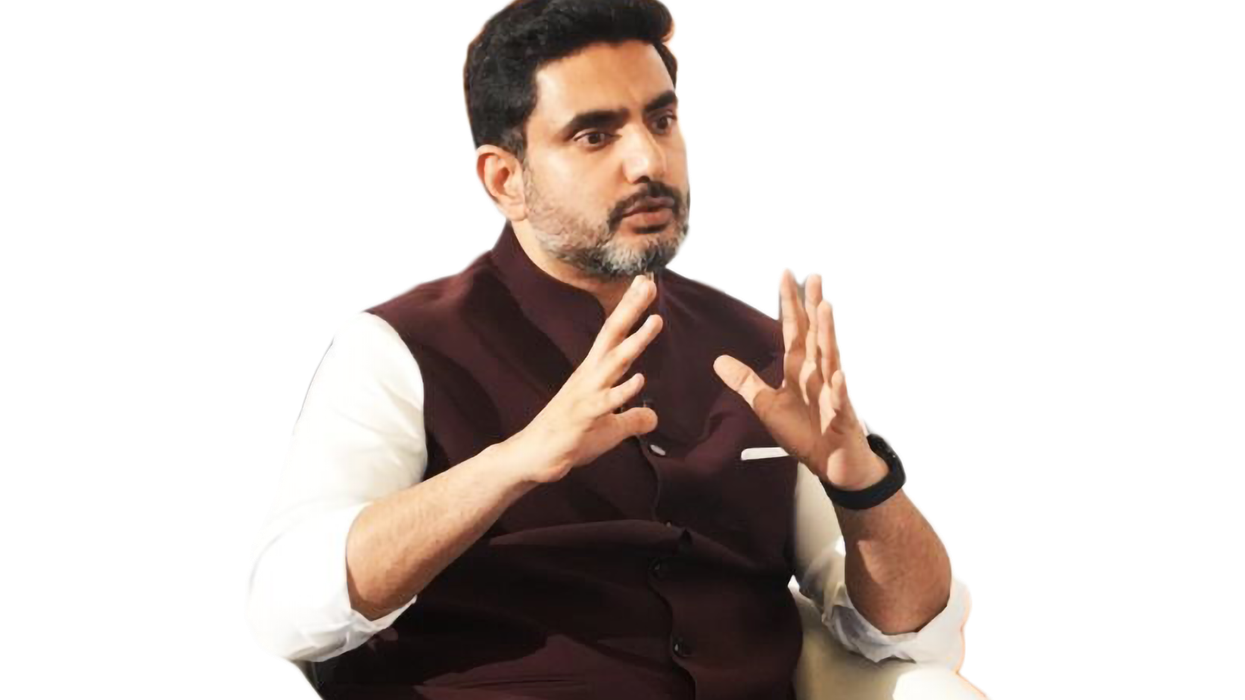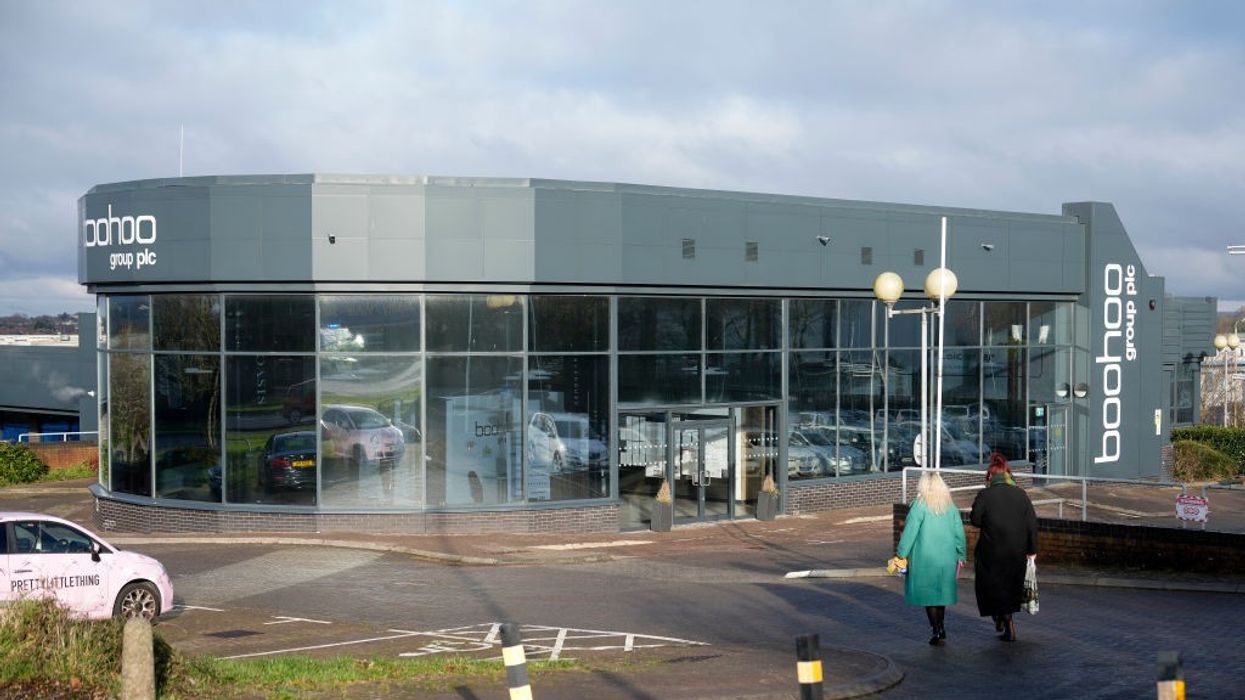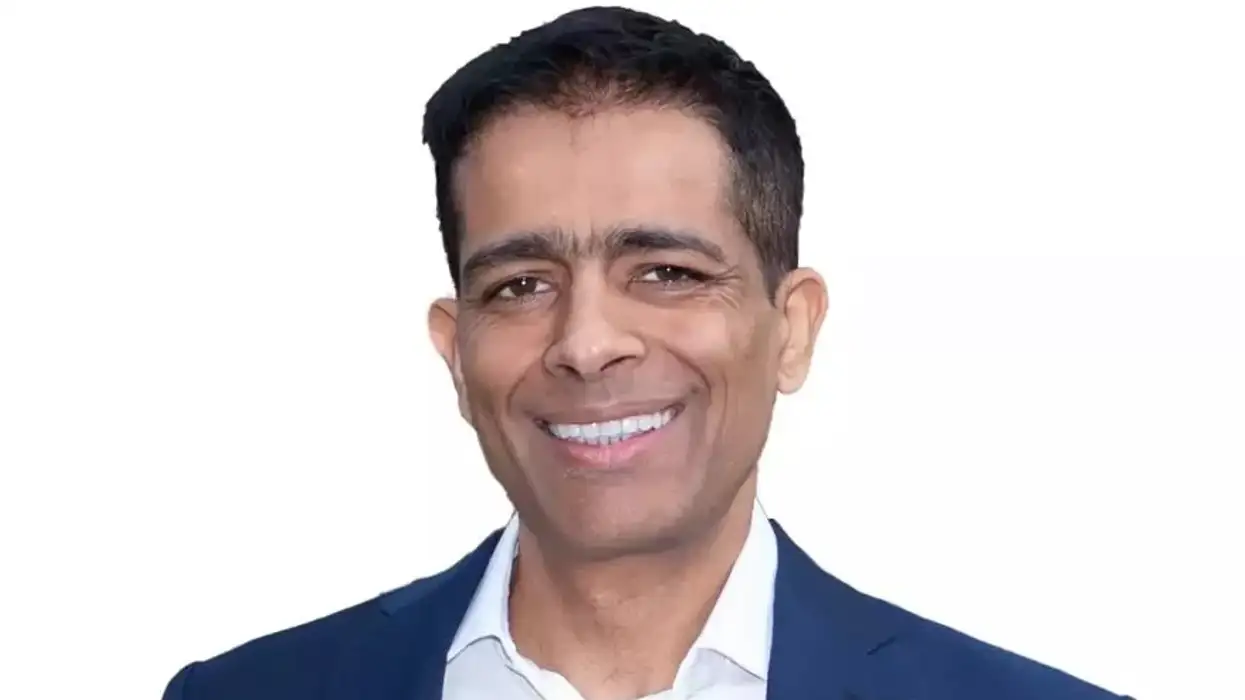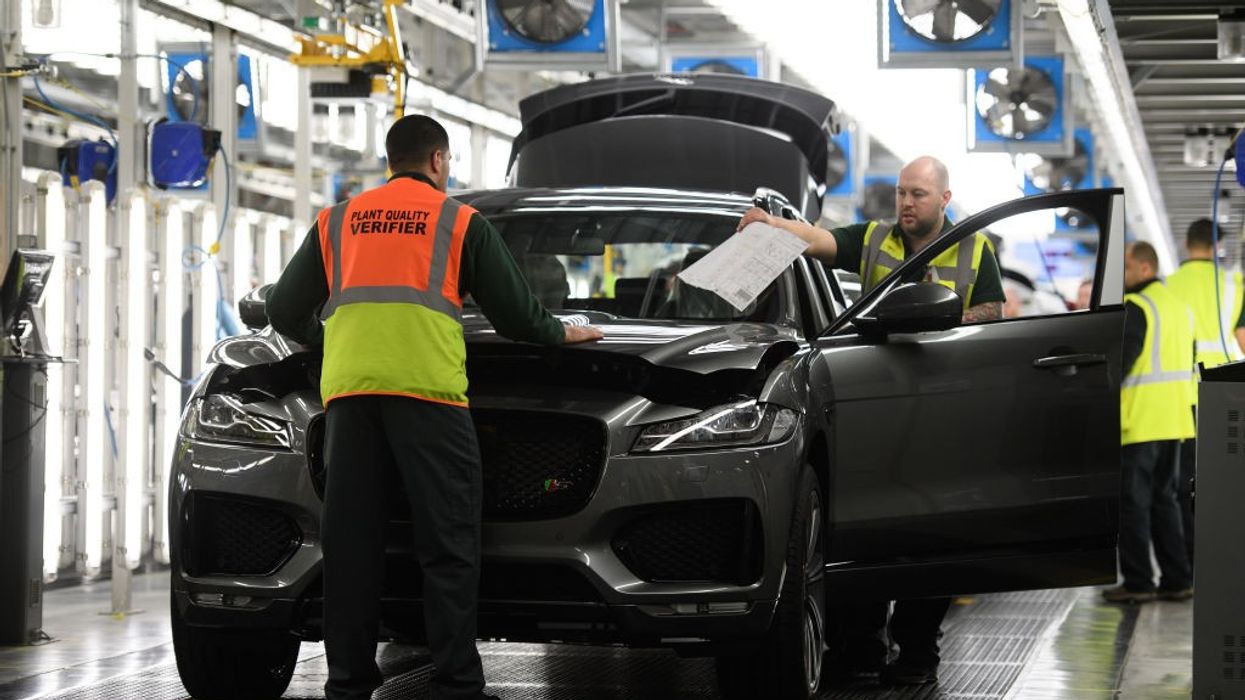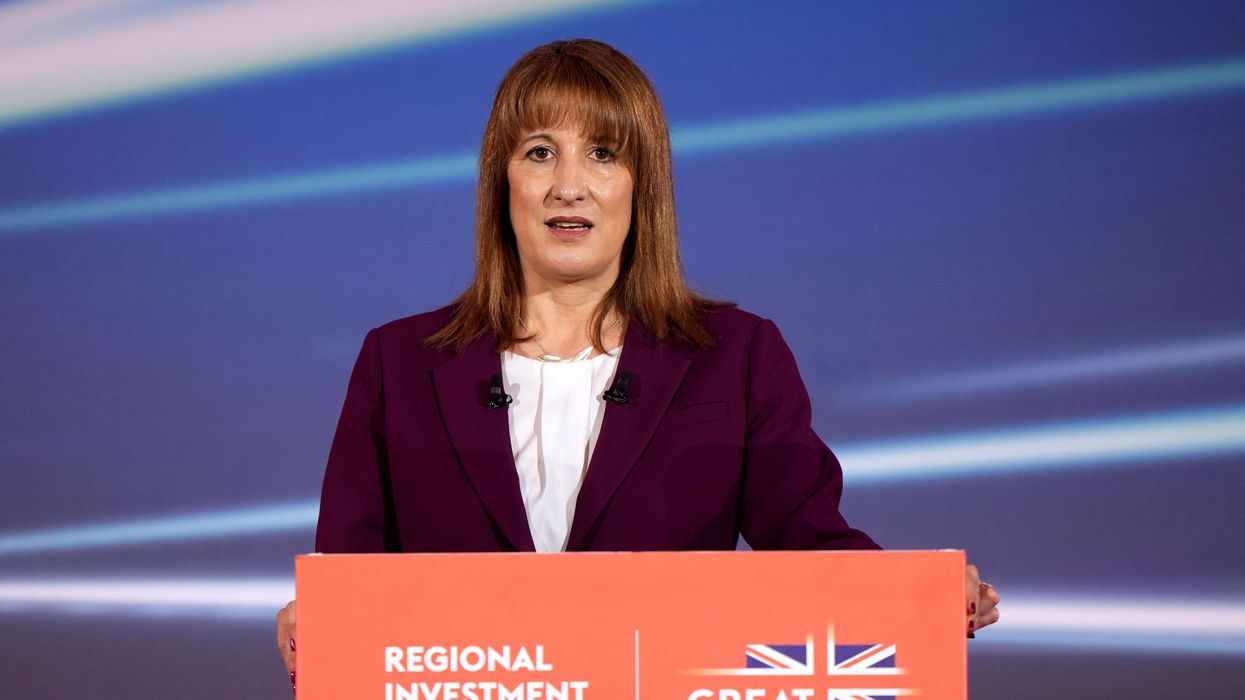THE punitive 50 per cent tariffs plus annual $100,000 (£74,100) H-1B visa charges for IT workers from India imposed by US president Donald Trump offer an opportunity for the country to find new markets, an influential minister from India said at a business summit in London last week.
Nara Lokesh is minister for information technology in Andhra Pradesh and the son of the south Indian state’s chief minister, Nara Chandrababu Naidu, whose Telugu Desam Party helped give Narendra Modi’s Bharatiya Janata Party (BJP) a governing majority in the Indian parliament.
Lokesh conceded the tariffs imposed by Trump had confronted India with a “crisis” and added, “I believe the crisis is an opportunity”.
Trump last week ordered a new annual $100,000 fee for H-1B skilled worker visas, widely sought after by Indian professionals in the US tech industry.
The US awards 85,000 H-1B visas per year on a lottery system, with India accounting for around three-quarters of the recipients.
Lokesh, 42, who pursued higher education in the US, said: “It’s an opportunity for India to shine beyond a singular market. That’s been our approach as far as the Free Trade Agreement (with the UK) and the tariff landscape are concerned. We can do better. In the long term, we have to diversify. New markets are opening up.” It is predicted that 2047, a century after India became independent, the per capita income in Andhra (with a population of 53 million) will shoot up to $42,000 (£31,109).
Lokesh, who comes across as a man in a hurry, invited investors from the UK, especially from the diaspora: “We are a start-up state. We are hungry, we have the passion. We are not in the business of signing MOUs. We deliver on speed of doing business.” In 15 months since the current state government had taken office, he said, “we landed close to $120 billion (£88.8bn) investment”.
The 42-year-old got his bachelor’s degree from the Carnegie Mellon University in Pittsburgh, Pennsylvania, his MBA from Stanford and worked for the World Bank for two years.
He made the comments at an investor road show jointly organised by the Confederation of Indian Industry (CII) and the Indian High Commission in London last Tuesday (16).
Shehla Hasan, the CII’s chief representative in the UK, told the gathering at the Institute of Directors, “Nara Lokesh has been instrumental in driving technology initiatives that foster inclusive growth, boost digital infrastructure and position Andhra Pradesh as a hub for cutting edge technological development.”
Lokesh – he was in conversation with Harshul Asnani, president, Europe, of Tech Mahindra – said: “I’ll give you a few examples – one is how we got ArcelorMittal (jointly with Nippon Steel) to build one of India’s largest steel plants in the south of Visakhapatnam.
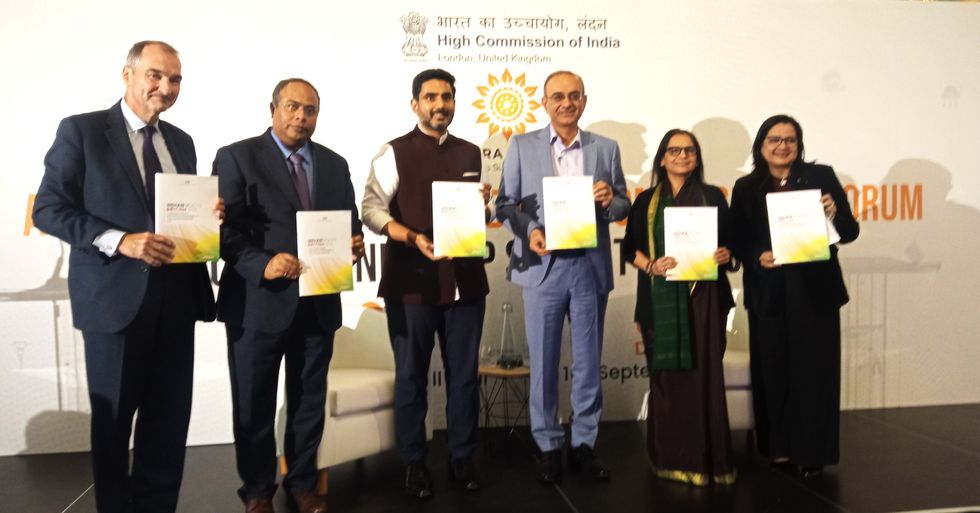
“It all started with one zoom call with Aditya Mittal (Lakshmi Mittal’s son and CEO of ArcelorMittal). He said he had three specific asks from the state, and all I said was, ‘Give me 12 hours, I need to confirm it with my chief minister.’ We got it confirmed. This conversation started in June last year. We are going to break ground in November for the steel plant. We got it done.”
What Lokesh says is important because Andhra is recognised as being one of India’s most progressive states and his father has a reputation for getting things done.
As chief minister, previously, of undivided Andhra Pradesh, Naidu was recognised for transforming the state’s infrastructure and attracting global IT firms to open offices in Hyderabad – putting it in direct competition with Bengaluru, regarded as the Silicon Valley of India.
Under Lokesh – who also holds the portfolio for electronics and communications, real time governance and human resources development – Andhra is taking its road show to other investment centres such as Singapore and Dubai.
Andhra Pradesh was formed in 1953 (by separating the Telugu speaking areas from the old Madras presidency), and in 2014, 10 districts of Andhra Pradesh were combined to establish the new state of Telangana.
If more Indian states follow the example of Andhra and diversify investment away from the US, Trump’s tariffs may quickly prove to be an act of great self-harm.
India and the US will most probably repair their relationship, but young Indian politicians such as Lokesh show how there is now a greater determination not to become over-dependent on America.
Hasan invited potential investors to attend the CII’s partnership summit with the Andhra government on November 14-15 in Vishakhapatnam.
She also released a CII report, Indian Roots British Soil: Charting Indian Industry’s Footprint in the United Kingdom.
India’s outgoing deputy high commissioner, Sujit Ghosh, made it clear that what was good for Andhra was also good for India and for Britain: “India, one of the world’s top producers of science, tech, engineering and mathematics talent, generates approximately 2.5 million graduates annually, far ahead of most developing countries and, of course, almost all developed countries. AI skill penetration is among the highest in India and second only to United States.
“In India’s journey, a very important part has been played and will continue to be played by Andhra Pradesh, one of the major centres of economic growth and innovation in India. Andhra was one of the first states to opt for large scale economic reforms and digital growth.”
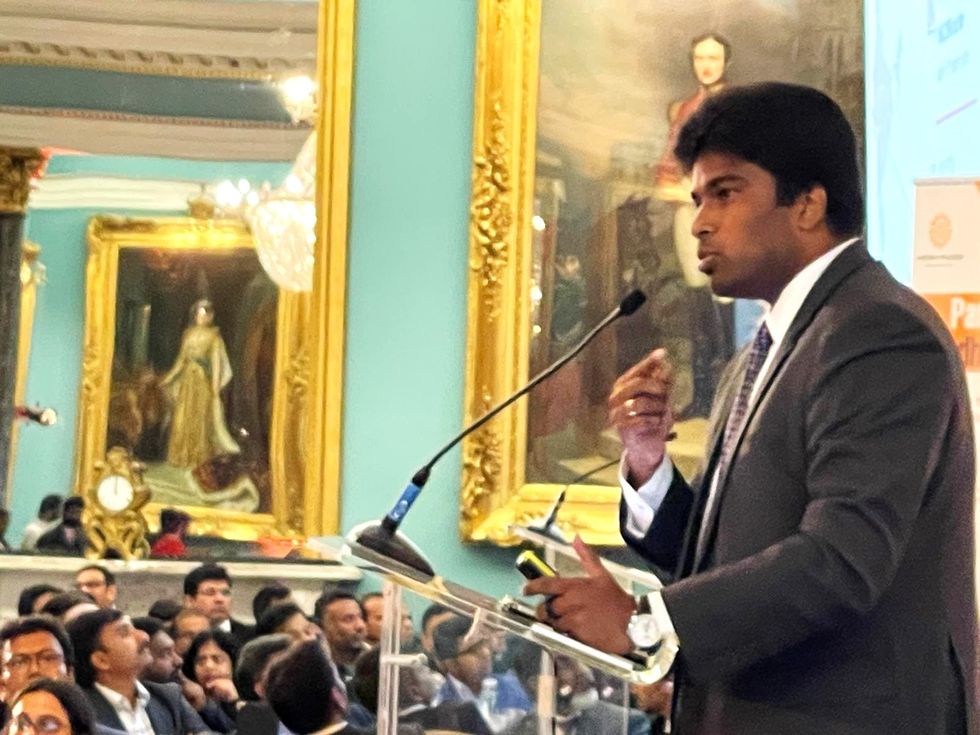
The Andhra government, led by Chandra Babu Naidu, “has set for itself an ambitious target to achieve 15 per cent growth rate, up from the present 10.50 per cent by 2047. “This is a state which clearly means business. Andhra Pradesh has registered a strong economic growth in the first quarter of 2025-26, surpassing the national average and reinforcing its position as one of India’s fastest growing states. Major areas of interest for Andhra Pradesh are advanced manufacturing, financial services, including FinTech, education, pharma, healthcare and tech – and data centres and clean energy.”
Lokesh left it to one of his senior civil servants, Abhishikth Kishore, a member of the Indian Administrative Service, to provide a more detailed picture of Andhra Pradesh’s ambitious investment plans.
He said that in 2047, when India “is looking at a $32 trillion (£23tr) economy, our state wants to be a $2.4tr (£1.4tr) economy, and the per capita income we are targeting is $42,000 (£31000)”.
Kishore is the state’s commissioner of industries and also managing director of the Andhra Pradesh Industrial Infrastructure Corporation.
He described how the state attracts investors by getting rid of red tape.
“We started talking to LG Electronics in June last year,” he said. “This year we have done the groundbreaking. It is not easy to deal with South Koreans. Even my wife doesn’t call me as often as their site manager. This is an ultra-mega investment upwards of $600m (£444m). Andhra Pradesh already produces 50 per cent of air conditioners for the entire country. Once this plant is operational, Andhra Pradesh will be producing 70 per cent of all air conditioners, both industrial and home appliances.”
The state had three industrial corridors – Chennai- Visakhapatnam, ChennaiBengaluru and Bengaluru-Hyderabad – plus three economic corridors centred on Visakhapatnam, Tirupati and Amaravati (where a greenfield capital was under construction). There would be a green hydrogen hub.
It will also establish the world’s first quantum valley, where quantum computers would be able to perform complex calculations far beyond the capabilities of even the most powerful traditional supercomputers.
The state, with the third largest coastline in India, had six operating ports and four greenfield ports under construction. It was setting up a 300-acre drone city in Kurnool, only three hours from Hyderabad. There would be 175 Micro, Small & Medium Enterprises (MSME) parks – one for every assembly constituency.
“The icing on the cake is all our 700 government services are on WhatsApp, be it a land application or a fire clearance for a factory,” said Kishore.
Lokesh makes sure things get done by keeping tabs on projects.
The minister concurred: “As Abhishikth has just shared, I think I am on close to 12-13 WhatsApp groups.”
